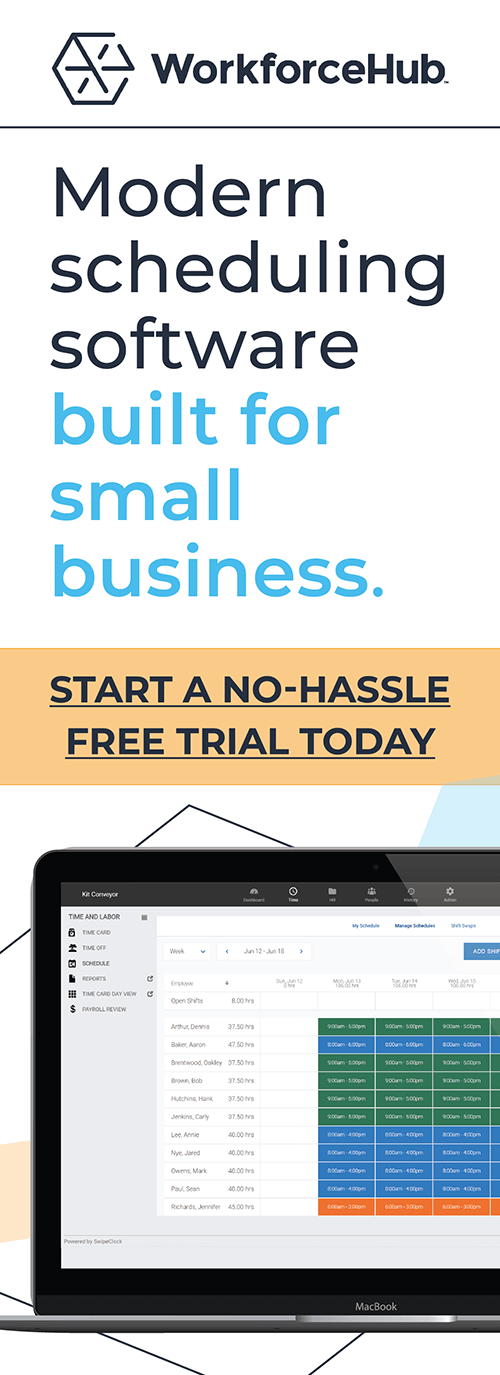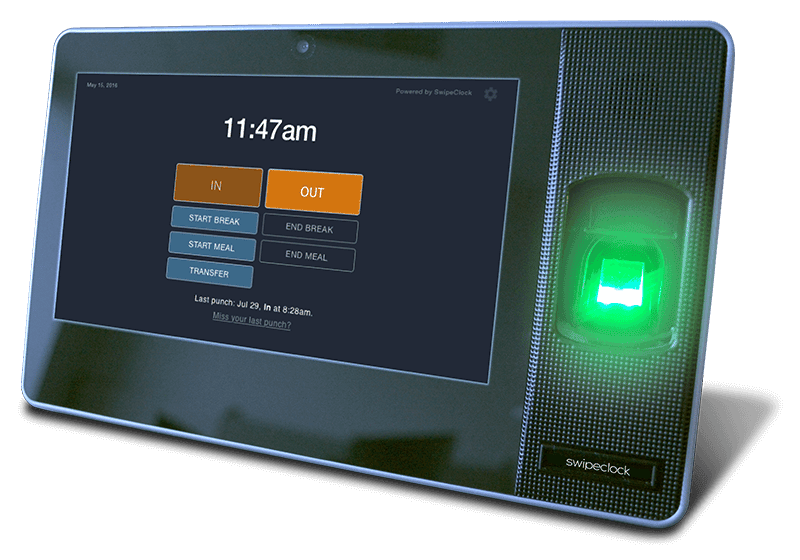Workforce Management Can Solve Fire Department Overtime Issues

How many firefighters do you know who are millionaires? The career hasn’t generally been considered a path to wealth. But Los Angeles firefighter Donn Thompson has earned millions during his career. In 2017, he earned $394,000, which is more than triple his yearly salary of $92,000. $302,000 of that was overtime. Since 2014, he has earned over $1 million in overtime.
Employee Scheduling Chaos
It isn’t clear exactly how he earned $302,000 in overtime last year. The normal work year for a Los Angeles firefighter is 2,912 hours. The 1.5 hourly overtime rate at Thompson’s pay grade is $47.40 per hour. When you divide $302k by $47.40 you get 6371 hours in overtime. But that’s in addition to the 2,912 hours in straight time. Based on his pay, he would have had to work 9,283 hours. That’s inconceivable. There are only 8,760 hours in a normal non-Leap year.
The discrepancy may be due to a contract provision that increases the overtime rate in specific situations. Apparently, Thompson took advantage (or was the beneficiary of) many of those situations. Is Thompson a dedicated emergency responder who covers shorthanded shifts even when exhausted? Or is he an overtime exploiter who games the system year after year? Consider that he has earned excessive amounts in overtime since at least 1996. That year, he was featured in an L.A. Times article about the “overtime culture” at California fire departments.
Overtime Abuses Waste Taxpayer Money
Taxpayer-fleecing overtime issues are part of a larger problem. Municipalities across the country are struggling to balance limited human and capital resources. In many departments, there are flagrant examples of mismanagement and exploitation.
To be sure, there is nothing straightforward about fire department employee scheduling. How do you maximize labor budgets, ensure public safety, and protect taxpayers from egregious abuses?
This is a challenge that requires sophisticated employee scheduling systems. At the same time, they have to be user-friendly and easy to implement. These systems can’t add to the administrative burden of Human Resources personnel.
Emergency Responder Scheduling
Let’s discuss the logistics of EMS employee scheduling. The battalion chief has to staff every hour of every day year after year. Union contracts may govern aspects of employee scheduling. This includes overtime, sick leave, vacations, holidays, and family leave. They also stipulate crew minimums and mandatory training.
Departments are subject to hiring freezes and budgets that vary from year to year. They try to influence labor budget decisions with varying degrees of success. When it comes to public services, there is only so much money to go around.
The nature of emergency response work has changed significantly and each city handles the new challenges differently. A fire crew may only respond to a couple of calls during a shift. In between, they maintain equipment, train, perform station housework and do administrative paperwork. Busier stations dispatch crews nonstop throughout the day and night. Wildland fire crews work grueling shifts wearing bulky protective gear. They can be onsite for weeks at a time.
All of these scenarios require different types of employee scheduling. In the first instance, it wouldn’t be too difficult for an employee to work two back-to-back shifts. In the latter two scenarios, it would unsafe and unwise. Exhausted workers could endanger the lives and property of the people whom they serve. Sleep deprivation can impair response time and decision-making as severely as intoxication. When employees work too long in high-stress situations, it threatens their health.
EMS scheduling managers must adhere to state, federal, and union provisions regarding overtime. The union contracts are usually the most restrictive. These agreements distinguish between skill specialties and the work performed during the shift. Workforce management software streamlines the tracking of diverse crews of emergency personnel.
How Does Workforce Management Solve Overtime Issues?
Workforce management software limits overtime with several mechanisms. Overtime alerts are the first line of defense. Workforce management software allows you set multiple layers of alerts. For example, you can set daily and weekly thresholds. You can set them by pay period or workweek. You can also set limits on shifts with higher rates such as holiday or Sunday pay. Workforce management software handles the most complex scheduling and overtime rules.
Scheduling managers set maximum hours per employee. When an employee is nearing the end of straight-time hours, the supervisor receives an alert. Then the supervisor can notify the employee through a mobile app. If the employee is offsite, the supervisor makes a judgment call. A replacement can be sent or the employee can clock out when they get back to the station.
With pay grade tracking, supervisors can use lower-paid employees in the event of unavoidable overtime. Another protection is a biometric time clock with schedule lockout. The clock is synced with the workforce management software. This prevents a dishonest employee from clocking in before arriving at the station or clocking out after the end of the shift. Dishonest hours padding can inflate paychecks as easily as unchecked overtime.
Workforce Management Software Tracks Employee Certifications
With the safety advances of the past several decades, firefighters rarely fight structural fires. Because of this, many cities have combined fire crews with medical personnel. These all-purpose Emergency Response units include firefighters, EMTs, paramedics, and other specialists. This has lead to an expensive redundancy in some cities and limited staffs in others. In every case, it has necessitated the tracking of certifications.
Workforce management tracks the necessary training and qualifications of emergency response workers. It tracks department employees, private contractors and volunteers. Alerts notify managers of impending employee license expirations so they can schedule re-certification training.
Workforce Management Software For Multiple Locations
Many cities share emergency response crews. This further complicates employee scheduling. WFM software allows managers to create multiple schedules drawing from the same pool of employees. They can see the schedules for all stations at once and compare. Conflict alerts prevent shorthanded shifts due to accidental double-scheduling of employees.
Absence Management and PTO Tracking
Excessive overtime in the Los Angeles Fire Department was not due to a severe wildland fire season or a large-scale disaster. Watchdog groups discovered that the employees working overtime were on shift due to co-worker absences. Co-workers were out for vacations, holidays, injuries, and other personal absences. Absence management tools track planned and unplanned absences. Proactive absence management limits overtime.
Overtime or Hire More Employees?
The LAFD was under a five-year hiring freeze when Thompson and other employees racked up so much overtime. The department also reported an increase of emergency calls during this period. While departments can’t always hire at will, HR software analytics reveal whether overtime actually saves money. Using analytics, some departments have determined that it’s cheaper to hire additional employees.
Swipeclock workforce management software helps organizations solve expensive overtime issues. To schedule a demo, visit Swipeclock overtime management.
Simplify HR management today.
Simplify HR management today.
The Importance of Facial Recognition Time Clocks for Small Businesses
Updated April 17, 2024 A facial recognition time clock is no longer a luxury. Advanced biometric clocks are a must-have for today’s workplaces. A facial recognition time clock is the best technology for tracking employee time. It solves a multitude of problems employers are facing with their workforces. What is a Facial Recognition Time Clock?…
Read MoreEmployee Time Clock Hardware: Which is the Best?
Updated April 9, 2024 What is employee time clock hardware? An employee time clock is a hardware device for tracking work time. To use it, employees ‘punch’ in/out or ‘clock’ in/out. The term ‘punch in’ stems from early employee time clock hardware that required a physical card. With a traditional mechanical time clock, the process…
Read More





